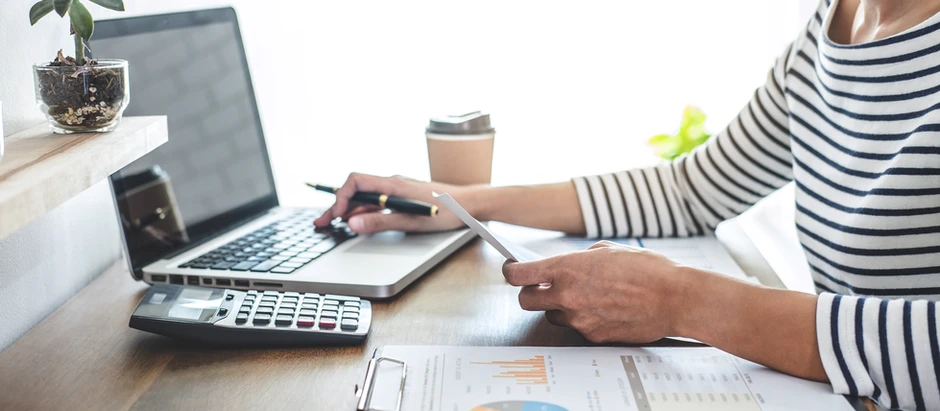Common new small business VAT questions answered

Diving into the world of VAT (Value Added Tax) can be like navigating a maze for new small business owners in the UK. Here are answers to five frequently asked questions to help unravel the mysteries of VAT:
1. What is a VAT-registered business?
VAT-registered businesses in the UK, including small enterprises, are those that have either chosen or been required to register with HMRC due to reaching the VAT threshold of £85,000 or more in turnover within a business accounting year.
2. How does a sole trader or partnership register for VAT?
Before embarking on your VAT registration journey, gather the documents/information required to register:
- National insurance number
- A form of government ID such as a passport or driving licence,
- Business bank details
- Your Unique Taxpayer Reference (UTR) which you received from HMRC when you registered for self-assessment
- Information about your business turnover (if you are using accounting software this can be found on the Profit & Loss statement, you should ensure that you set the required dates to cover the whole business accounting year)
You may also need your payslips and P60 (if applicable) plus your last self-assessment tax return.
Armed with this information, head to HMRC’s Register for VAT Online to complete the registration process.

3. Once registered, how much VAT do I collect from customers?
For most products and services, you will collect a standard VAT rate of 20%. Many small businesses in the UK only need to collect this rate in their business, but you should be aware that there are other rates. To check which rates apply to the products or services you sell, see HMRC’s How much VAT must you charge.
4. Filing VAT returns
Most small businesses must file a VAT return every 3 months (once a quarter). The VAT return is due 1 month 7 days after the end of the quarter. The basic VAT return math is the total VAT collected from sales (known as output VAT) minus VAT paid on business-related purchases (known as input VAT) equals 1. A positive number means you owe HMRC for VAT or 2. A negative number means you have overpaid VAT and should claim it back from HMRC. Here are two realistic examples:
- You collect £3000 of VAT from sales you have made in your business and pay VAT of £1500 for business-related purchases. £3000-£1500=£1500 is owed to HMRC.
- You collect £1500 of VAT from sales you have made in your business and pay VAT of £3000 for business-related purchases. £1500-£3000=-£1500. £1500 is claimable from HMRC.
It is important to file timely, as filing late may cause you to incur a penalty or surcharge plus HMRC will estimate what they think you owe them in VAT. It is good business practice to be timely with all your dealings with HMRC.
5. VAT schemes: What’s the scoop?
HMRC offers a smorgasbord of voluntary schemes that were made to simplify the way VAT is paid to them. Two of the most popular schemes for small businesses are:
- VAT flat rate scheme – This scheme was specifically designed for the smallest of UK small businesses (those with annual turnover before VAT of £150,000 or less). Under the scheme, you pay VAT as a percentage of gross turnover. The VAT rate you pay is based on the type of business you run. To find out more visit HMRC’s Flat rates for types of business.
- VAT cash accounting scheme – This scheme is also designed for UK small businesses but includes larger small businesses (those with an annual turnover before VAT has to be £1.35 million or less). With the non-scheme method of VAT returns, small businesses pay VAT based on when they issue an invoice to a customer. In the cash accounting scheme, VAT is paid to HMRC based on when the customer pays the invoice. It should be noted that if the client pays your business before you have issued an invoice, the VAT is still due based on when the customer pays. Input VAT from purchases you make are reclaimed when you pay your supplier. One of the big advantages of this scheme is that you pay VAT when you have the money from your customer.



